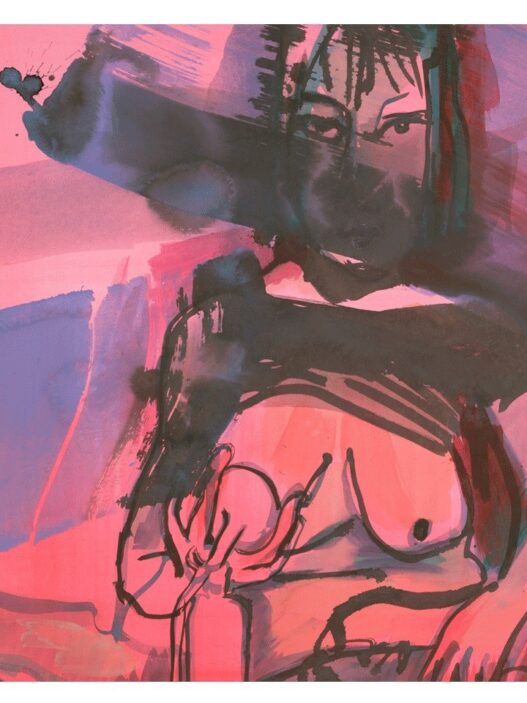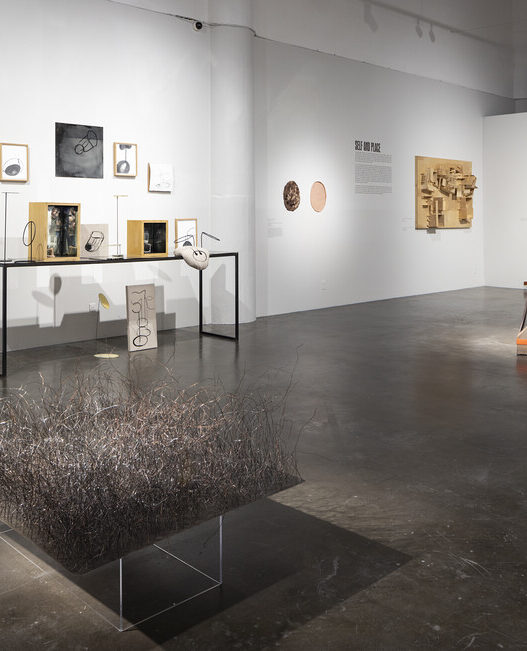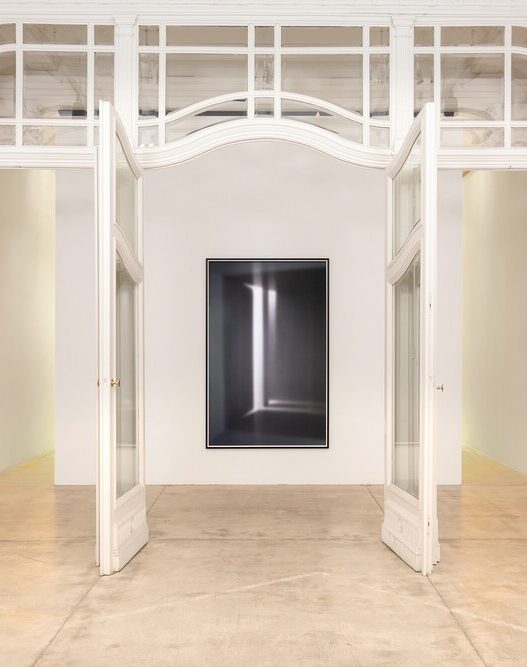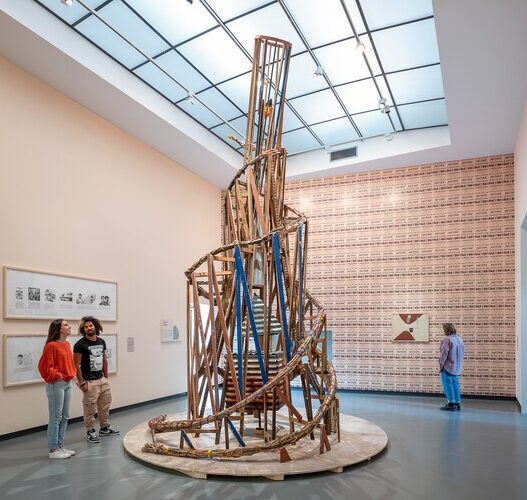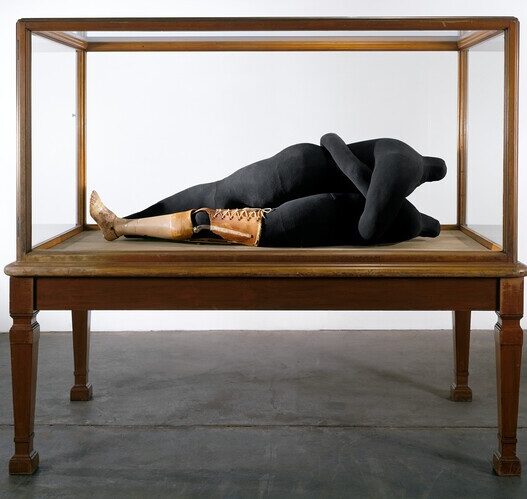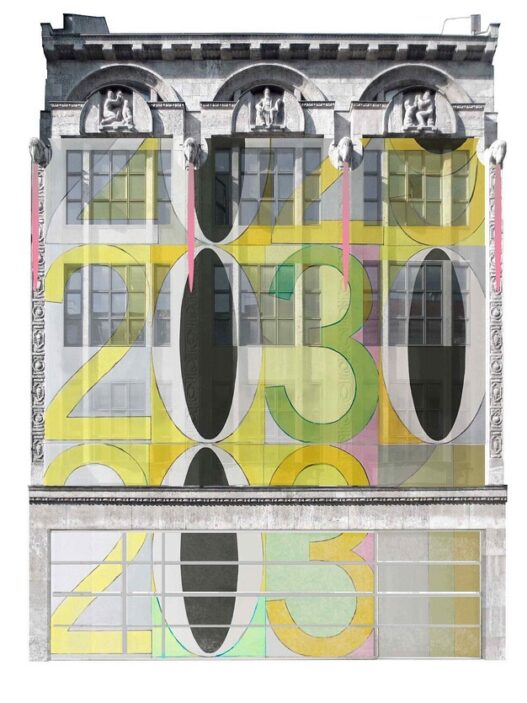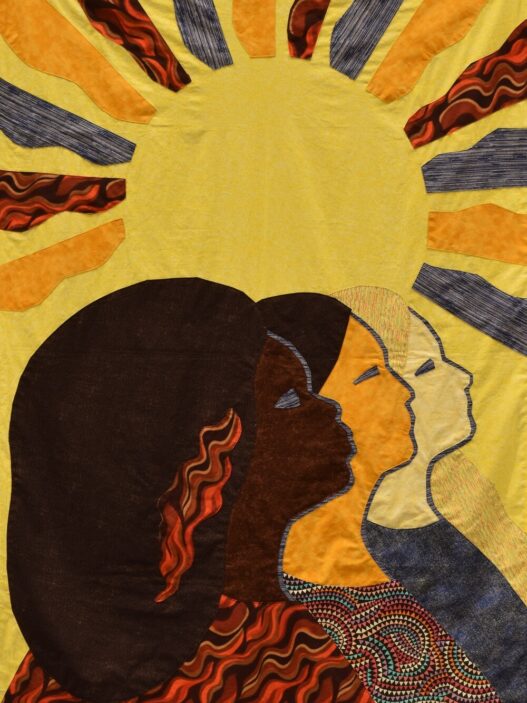July 20, 2022–January 24, 2023
Opera Charlotteronique: July 21–24
Random Access Hall, Nam June Paik Art Center
This show was created to explore Nam June Paik‘s magnificent (but long-gone) video and light installations on the occasion of the 90th anniversary of his birth. Despite the widespread recognition of Paik’s video art, there aren’t many chances to see substantial media installations. Paik did, however, participate in the 1993 Venice Biennale and created the huge media installation Sistine Chapel with 40 projectors, which generated a lot of buzz. He introduced Baroque Laser in 1995, installing massive projections and lasers in a German baroque church. Each of these pieces is inextricably linked to the particular moment and place in which it was created. While Baroque Laser was performed in a peaceful, little church on the outskirts of Münster with all the windows closed, Sistine Chapel was created in the high ceiling and spacious German Pavilion at the Venice Biennale in the height of summertime.
One Candle is a real-time video installation that uses five projectors to shoot a candle to display a range of colors. It was first displayed in 1998 at the MMK Museum für Moderne Kunst in Frankfurt am Main. The completion of this task required the structural transformation of an 80kg CRT projector. A CRT projector, which is now entirely obsolete, is a beam projector that concentrates visual signals onto a screen using a projection lens after being amplified by three red, green, and blue CRTs. This antique machine has a low resolution but produces excellent black levels. Paik’s analog videos are actually displayed more abundantly thanks to the reduced resolution’s clearer expression of minute details.
The spatial and temporal experience that Paik generated by directly projecting videos onto an architectural environment is referred to as “analog immersion” in the exhibition Nam June Paik, Super Baroque. The experience might have been different from the (perfect but flat) digital immersion that is produced by large-scale media facades or projection mapping that uses digital images of the highest resolution nowadays. In a particular setting, Paik’s analog immersion is more potent. Viewing the Sistine Chapel properly requires a baroque laser and a large baroque dome with a massive baroque dome following the guiding laser light. When an audience joins the piece, a chance arrangement of video projections and the architectural setting is constructed to provide a perfect space-time that only the person in that exact location may experience. Due to the fact that it is the result of mixing many types of unquantifiable information, it has performative qualities that cannot be duplicated or recreated. It is comparable to the Baroque Gesamtkunstwerk concept, which aimed to expose the governing order signified by light by pursuing an ideal interaction between all artistic disciplines, including architecture, painting, sculpture, music, and dance.
For Paik, a laser represents the most effective and quick way to convey data and light, opening up countless creative and technological possibilities. Other names for Paik’s technology include lasers, movies, TVs, CRTs, magnets, candles, and the moon. He integrated these technologies to alter the passage of time, allowing us to live not only in the present but also in the past—in many different ways, in fact. Of course, there are instances when we can also live in the present. Our celebration is unstoppable!
Nam June Paik Art Center
10 Paiknamjune-ro, Giheung-gu, Yongin-si
Gyeonggi-do
17068
Korea
Hours: Tuesday–Sunday 10am–6pm
T +82 31 201 8500
F +82 31 201 8530
[email protected]













